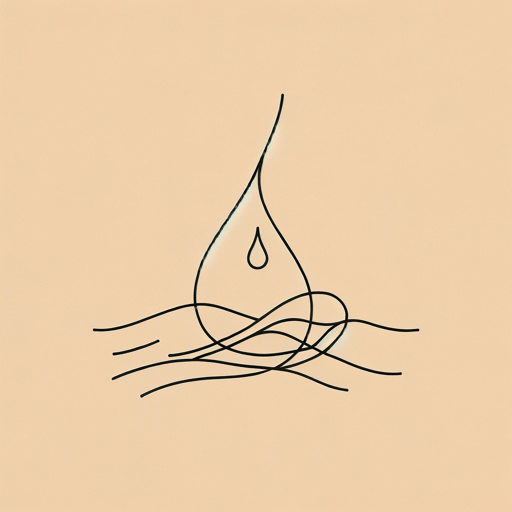57 pages • 1 hour read
Yoshiko UchidaPicture Bride
Fiction | Novel | Adult | Published in 1987A modern alternative to SparkNotes and CliffsNotes, SuperSummary offers high-quality Study Guides with detailed chapter summaries and analysis of major themes, characters, and more.
Summary and Study Guide
Overview
Picture Bride, written by Yoshiko Uchida, is a historical fiction novel first published in 1987. It follows a Japanese woman named Hana Omiya who emigrates to the United States in the early 20th century. The novel has a close third-person narrator. Inspired by Uchida’s own family history, the novel narrativizes the Japanese American immigrant experience and the Japanese concentration camps of World War II. It explores themes such as The Burden of Assimilation, Divine Absolution and the Difficulty of Human Forgiveness, and Female Solidarity in the Immigration Experience.
This study guide refers to the paperback edition of the novel published by the University of Washington in 1997.
Plot Summary
In 1917, Hana sails from her Japanese village to Oakland, California, to meet Taro Takeda, an older man whom she has been arranged to marry. Before marrying Taro, Hana stays with Kiku Toda, who herself emigrated to America as a picture bride several years earlier, and her husband, Henry. Hana goes to her first Christian church with Taro and meets other Japanese immigrants such as Kiyoshi Yamaka, a charismatic friend of Taro’s, and Dr. Kaneda, a prominent leader in the church community. As she acclimates to Oakland, Hana realizes how difficult life in America will be.
Hana and Taro marry in his local church. After the wedding, Hana begins helping Taro improve his shop. Hana and Yamaka begin a casually flirtatious relationship that others in the community begin to recognize. However, their romance comes to an end when Hana spurns Yamaka’s sexual advances. As time passes, influenza wreaks havoc on Hana’s community. Yamaka contracts the illness and then dies from it. Before he dies, he and Taro make amends. Hana also falls ill with influenza. She gives birth prematurely, and her son dies in childbirth.
Eventually, Hana gives birth to a daughter named Mary Yukari Takeda. The family moves into a new house in a predominantly white neighborhood. After being appointed treasurer of the church’s Women’s Society, Hana mistakenly loans church funds to the Sunday School superintendent, who claims he needs the money for a seminary student named Kenji Nishima. Both Hana and Kenji are horrified to learn that the superintendent used the money to return to Japan. Hana begins housekeeping for a woman named Ellen Davis to pay back the church. After learning that Kenji fell into depression and isolation, Hana and Taro offer him the opportunity to live with them for the summer. Though solemn at first, Kenji’s mental state gradually improves. Meanwhile, Taro reveals that the shop is failing, and he is in severe debt. Hana looks after the shop for a few weeks while Taro and Kenji complete profitable painting jobs. Kenji returns to the seminary, blessing the Takedas for their kindness and generosity.
In 1930, the Takedas reunite with the Todas on their farm. Mary, now approaching adolescence, thoroughly enjoys the freedom of the outdoors. The Takedas’ return to Oakland reminds Hana of her feelings of isolation within white American society. After their minister decides to move back to Japan, Hana suggests that Kenji return to the church as the new lead minister.
Years later, Mary begins medical school. While Mary has grown into a capable young woman, Hana feels disconnected from her due to language and socio-cultural habits. One morning, Hana and Taro awake to find that Mary has left home to marry a white man named Joseph Cantelli. Mary quickly becomes pregnant with a daughter named Laurie.
In 1941, the Japanese military attacks a US military base at Pearl Harbor, triggering the United States’s involvement in World War II. Out of anti-Japanese paranoia, the government mandates an evacuation of Japanese Americans to isolated “internment” camps. Major Japanese American leaders such as Dr. Kaneda are imprisoned immediately after the attacks. In the days leading up to the evacuation, Henry Toda is murdered by a racist. Hana, Taro, Kenji, and others are first imprisoned at the Tanforan camp in California. The prisoners are housed in former horse stalls and given limited food, shelter, and access to the outside world.
Eventually, the prisoners are relocated to the Topaz camp in Utah. On the journey to Topaz, Hana and Taro are briefly reunited with Mary and Joseph, who now live in Salt Lake City. Topaz proves to be far worse than Tanforan: It is located in a barren desert that suffers regularly from sandstorms. Hope wanes for all of the prisoners. Even Dr. Kaneda, a persistent advocate for the rights of Japanese Americans, informs Taro that he plans to return to Japan. During this time, Kenji arises as a determined community leader and marries a woman named Sumiko. One day, while walking along the outskirts of Topaz, Taro is shot by a prison guard and dies. His family and friends are distraught, and a memorial is held in his honor. Kiku, who had been imprisoned in a Colorado camp, is transferred to Topaz and reunites with Hana. During their reunion, a sandstorm forms in the distance, signaling more hardship in the days ahead.
Related Titles
By Yoshiko Uchida



